 Computer Tutorials
Computer Tutorials
 Computer Knowledge
Computer Knowledge
 Do I need a USB flash drive to install the system on my computer?
Do I need a USB flash drive to install the system on my computer?
Do I need a USB flash drive to install the system on my computer?
Do I need a USB flash drive to install the computer system? This is a problem that many people often encounter when reinstalling or upgrading their computer systems. PHP editor Youzi tells you that a USB disk is indeed required to install the system, especially if there is no optical drive or the optical drive cannot work properly. By making the system installation file into a boot disk, you can easily install the system and avoid the trouble caused by CD damage or reading problems. Therefore, if you need to install the system, it is essential to prepare a reliable USB flash drive.
Put the operating system on a USB flash drive and you can use it on any computer, including work computers and office computers at home. Just plug in the USB drive and you can access the same files.
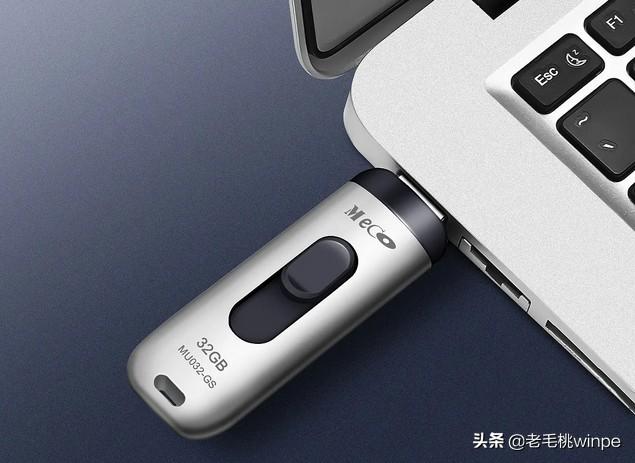
For many programmers, after using the U disk system to build a development environment, there is no need to change the computer. They only need to insert the U disk into a different computer. Ready to use.
In fact, Microsoft has already launched a feature in Windows 10 system, namely Windows to Go. This feature allows users to install Windows 10 on a USB flash drive or mobile hard drive so that they can take the system with them at any time. However, it should be noted that the Windows to Go feature is only available on Windows 10 systems and cannot be used on other versions of Windows operating systems.

Let’s talk in detail about how to install the system on the USB flash drive~
Key points
The best reading speed for U disk installation WTG system is more than 200MB/s, and the 4K read and write speed reaches 20MB/s. It is recommended to use a solid-state U disk with a capacity of 64GB or more. DIY solid-state mobile hard disk is The most cost-effective.
Remember that ordinary USB3.0 flash drives generally won’t work, and cheap ones will run very slowly.
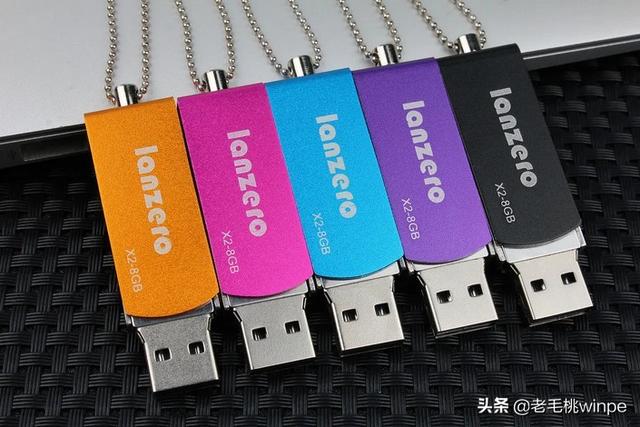
Which U disks are suitable for OTG? For example, the writing speed of SanDisk CZ880/CZ800/CZ88/CZ80 exceeds 150MB/s. The editor uses Longsys 128GB MLC SSD (the main control SM2246EN solution is mature) and installs it into an NGFF to USB3.1 hard disk box (the main control VL716 supports UASP and TRIM instructions), the measured read exceeds 400MB/s, and the WTG performance score reaches platinum.
How to create a U disk WTG system?
Preparation work: Download the WTG auxiliary tool online and prepare the win10 system image file, which can be downloaded from the MSDN website.
1. Open the WTG auxiliary tool software. Two drop-down boxes will appear on the page. In the first drop-down box, select the install.wim file in the sources folder in the virtual optical drive. In the second drop-down box, There is a drop-down box to select the mobile storage device we inserted.

2. Select the three modes at the bottom of the page, which are traditional, VHD, and VHDX modes.
Note: If your USB flash drive is recognized as a removable disk in the computer, do not choose the traditional mode. You can try the VHD or VHDX mode.
For the advanced options on the right, the commonly used ones are UEFI GPT and UEFI MBR. If your computer is a 2015 MAC, please check UEFI GPT production.
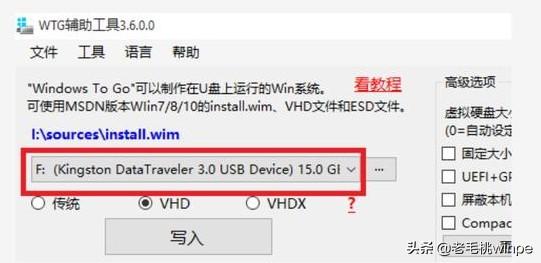
3. After confirming the above settings, click the "Write" button. The software will remind you again whether the selected U disk is correct, click "Yes" , the software will automatically start writing the system to the USB flash drive, which usually lasts for about ten minutes, and then the writing will be completed.
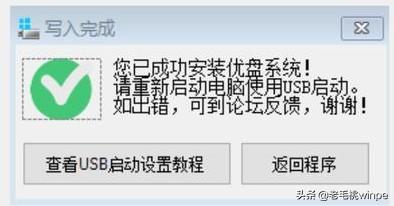
At this point, we have successfully installed the computer system into the USB flash drive and can use it on other computers. So how do you set up other computers when using it?
BIOS setting U disk boot
1. After inserting the prepared U disk, enter the computer BIOS interface. Generally, a small system installed Friends should be familiar with this page. It is usually entered by pressing keys when the computer is turned on. Commonly used keys include F2, delete, F12, and esc. If you don’t know which key to use, you can try it several times.
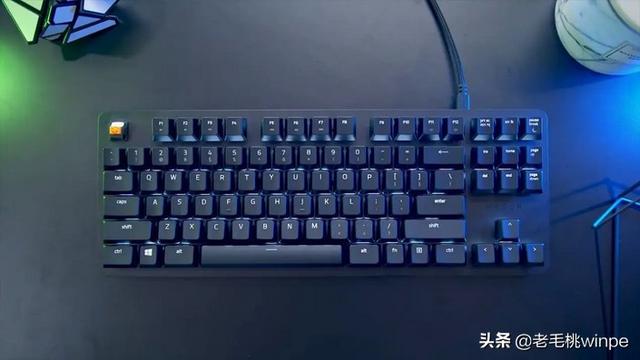
2. After entering the BIOS interface, set the computer's preferred startup option to U disk boot. Find the BOOT interface, move the U disk item to the first startup item using the up and down keys, save and exit, and the computer will boot from the U disk, thus entering the U disk system we just created.
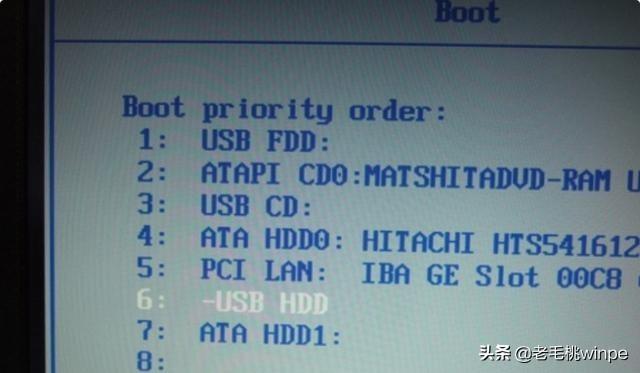
Install the system into the USB flash drive, and any computer can use its own system! Make it quickly~
#Learn more
The above is the detailed content of Do I need a USB flash drive to install the system on my computer?. For more information, please follow other related articles on the PHP Chinese website!

Hot AI Tools

Undresser.AI Undress
AI-powered app for creating realistic nude photos

AI Clothes Remover
Online AI tool for removing clothes from photos.

Undress AI Tool
Undress images for free

Clothoff.io
AI clothes remover

Video Face Swap
Swap faces in any video effortlessly with our completely free AI face swap tool!

Hot Article

Hot Tools

Notepad++7.3.1
Easy-to-use and free code editor

SublimeText3 Chinese version
Chinese version, very easy to use

Zend Studio 13.0.1
Powerful PHP integrated development environment

Dreamweaver CS6
Visual web development tools

SublimeText3 Mac version
God-level code editing software (SublimeText3)

Hot Topics
 What is the reason why PS keeps showing loading?
Apr 06, 2025 pm 06:39 PM
What is the reason why PS keeps showing loading?
Apr 06, 2025 pm 06:39 PM
PS "Loading" problems are caused by resource access or processing problems: hard disk reading speed is slow or bad: Use CrystalDiskInfo to check the hard disk health and replace the problematic hard disk. Insufficient memory: Upgrade memory to meet PS's needs for high-resolution images and complex layer processing. Graphics card drivers are outdated or corrupted: Update the drivers to optimize communication between the PS and the graphics card. File paths are too long or file names have special characters: use short paths and avoid special characters. PS's own problem: Reinstall or repair the PS installer.
 How to solve the problem of loading when PS is always showing that it is loading?
Apr 06, 2025 pm 06:30 PM
How to solve the problem of loading when PS is always showing that it is loading?
Apr 06, 2025 pm 06:30 PM
PS card is "Loading"? Solutions include: checking the computer configuration (memory, hard disk, processor), cleaning hard disk fragmentation, updating the graphics card driver, adjusting PS settings, reinstalling PS, and developing good programming habits.
 How to speed up the loading speed of PS?
Apr 06, 2025 pm 06:27 PM
How to speed up the loading speed of PS?
Apr 06, 2025 pm 06:27 PM
Solving the problem of slow Photoshop startup requires a multi-pronged approach, including: upgrading hardware (memory, solid-state drive, CPU); uninstalling outdated or incompatible plug-ins; cleaning up system garbage and excessive background programs regularly; closing irrelevant programs with caution; avoiding opening a large number of files during startup.
 Is slow PS loading related to computer configuration?
Apr 06, 2025 pm 06:24 PM
Is slow PS loading related to computer configuration?
Apr 06, 2025 pm 06:24 PM
The reason for slow PS loading is the combined impact of hardware (CPU, memory, hard disk, graphics card) and software (system, background program). Solutions include: upgrading hardware (especially replacing solid-state drives), optimizing software (cleaning up system garbage, updating drivers, checking PS settings), and processing PS files. Regular computer maintenance can also help improve PS running speed.
 Does mysql need the internet
Apr 08, 2025 pm 02:18 PM
Does mysql need the internet
Apr 08, 2025 pm 02:18 PM
MySQL can run without network connections for basic data storage and management. However, network connection is required for interaction with other systems, remote access, or using advanced features such as replication and clustering. Additionally, security measures (such as firewalls), performance optimization (choose the right network connection), and data backup are critical to connecting to the Internet.
 Is PS slow loading related to other programs that are running?
Apr 06, 2025 pm 06:03 PM
Is PS slow loading related to other programs that are running?
Apr 06, 2025 pm 06:03 PM
The secrets to mastering Office software include: understanding different versions and platforms, correctly installing and configuring, proficient in using the software interface, in-depth understanding of feature operations, application collaboration and sharing functions, utilizing templates and styles, mastering advanced skills, and solving common problems. In addition, you need to choose a version that suits your needs, make good use of templates and styles, develop backup habits, and learn shortcut keys and advanced techniques to improve efficiency.
 How to solve the problem of loading when the PS opens the file?
Apr 06, 2025 pm 06:33 PM
How to solve the problem of loading when the PS opens the file?
Apr 06, 2025 pm 06:33 PM
"Loading" stuttering occurs when opening a file on PS. The reasons may include: too large or corrupted file, insufficient memory, slow hard disk speed, graphics card driver problems, PS version or plug-in conflicts. The solutions are: check file size and integrity, increase memory, upgrade hard disk, update graphics card driver, uninstall or disable suspicious plug-ins, and reinstall PS. This problem can be effectively solved by gradually checking and making good use of PS performance settings and developing good file management habits.
 How to solve the problem of loading when PS is started?
Apr 06, 2025 pm 06:36 PM
How to solve the problem of loading when PS is started?
Apr 06, 2025 pm 06:36 PM
A PS stuck on "Loading" when booting can be caused by various reasons: Disable corrupt or conflicting plugins. Delete or rename a corrupted configuration file. Close unnecessary programs or upgrade memory to avoid insufficient memory. Upgrade to a solid-state drive to speed up hard drive reading. Reinstalling PS to repair corrupt system files or installation package issues. View error information during the startup process of error log analysis.





